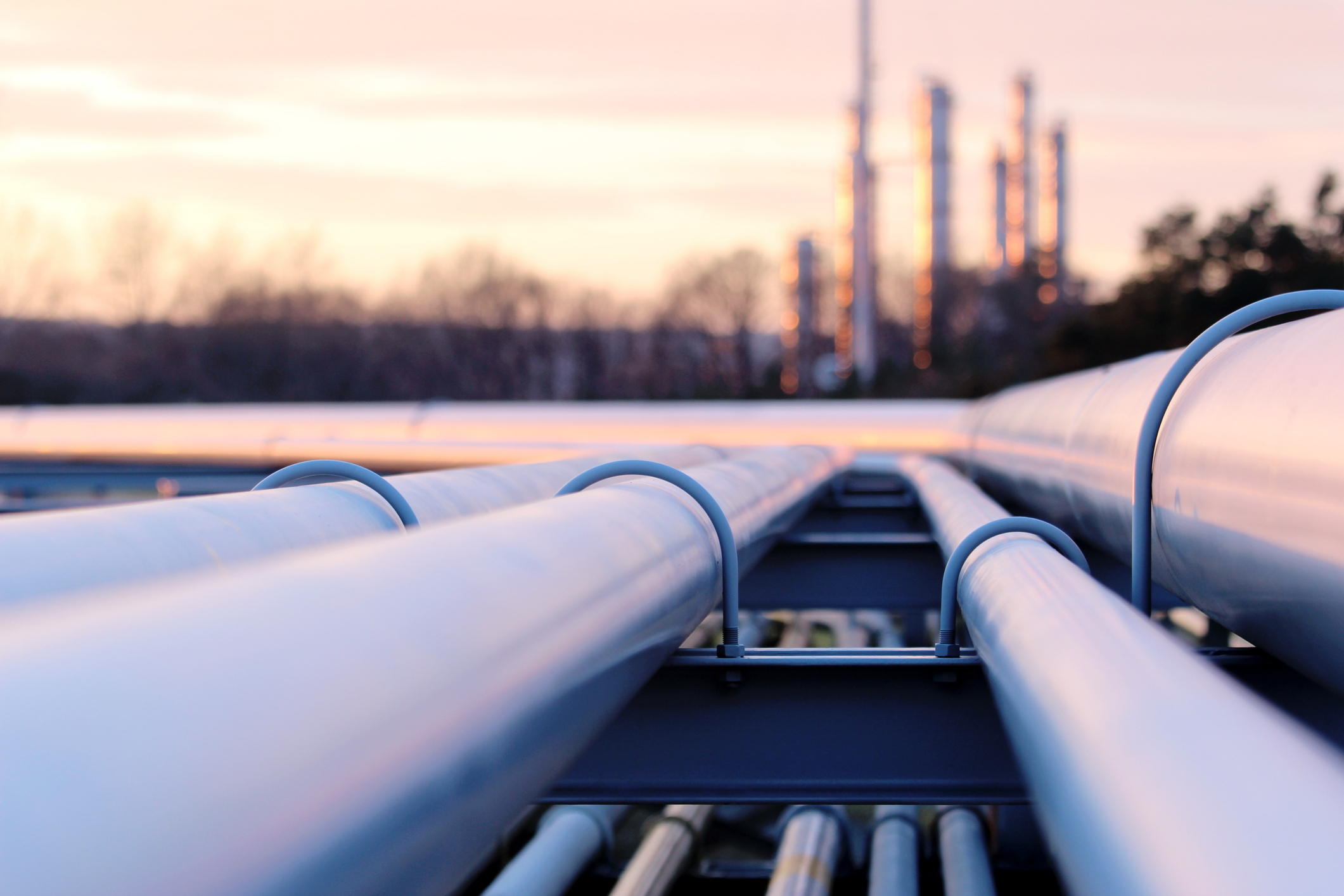This op-ed originally appeared on The Messenger
Hamas’s recent attack on Israel has escalated tension in the region to levels most of us haven’t seen in our lifetimes. This conflict already has resulted in thousands of Israeli and Palestinian casualties, but unlike wars of the past, today these battles are being fought in new ways.
Read the full op-ed on The Messenger







